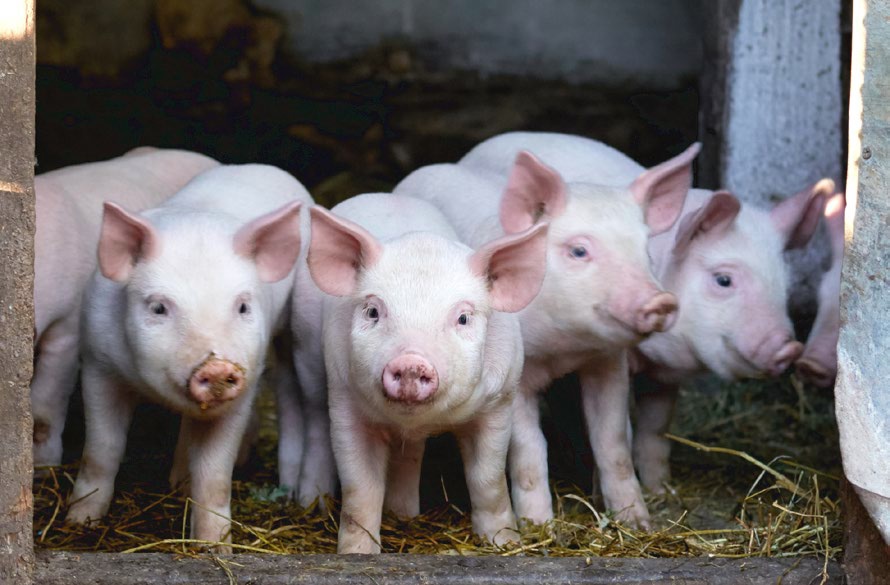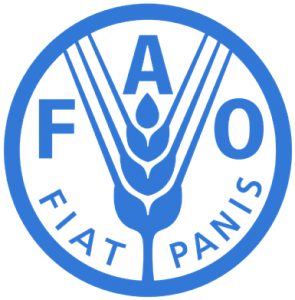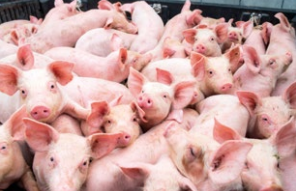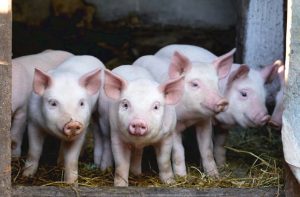 12 Jul 2022
12 Jul 2022
Former food products (FFPs) have a great potential to replace conventional feed ingredients in pig diets.
Introduction
An estimated 1.3 billion tons of food are wasted or lost every year. This represents one-third of all the food produced for human consumption. The 2030 Agenda for Sustainable Development reflects the increased global awareness of the problem. One target of the FAO Sustainable Development Goals calls for halving per capita global food waste at retail and consumer levels by 2030, as well as reducing food losses along the production and supply chains.

Fighting food waste and increasing the sustainability starting from food production could be a valid contribution, but it is certainly one of the biggest challenges.
As a result of such circumstances animal nutrition researchers have started to focus on the inclusion of food losses within animal diets as an alternative to standard ingredients such as corn or wheat.
Food losses, also called former food products (FFPs), ex-food, food leftover or bakery meal, have been demonstrated to represent valid and authorized ingredients from a nutritional standpoint both for monogastric animals and ruminants. Cereal replacement with FFPs in animal diets has started to increase due to growing knowledge regarding their properties. Therefore, the inclusion of FFPs in animal feed represents a big step in achieving livestock sustainability with a circular economy approach.
Objective
The objective of the following study was to partially replace common ingredients (30% on a dry matter basis) with FFPs in pig diets. Evaluating growth performance, ATTD and blood metabolites in piglets at an early stage (21 days) and late post-weaning period (42 days). The same diet was used for both categories.
Materials and methods
The protocol for this experiment was reviewed and approved by the Animal Care and Use Committee for Livestock of the University of Milan, OPBA (Organismo Preposto al Benessere Animale).The trial was conducted at the Experimental Animal Research and Application Center in Lodi (LO), at the University of Milan.

Thirty-six post-weaning female piglets (Large White × Landrace pigs −28 days of life, 6.5 ± 1.1 kg) were selected from a breeding farm in the north of Italy. Animals were housed in individual pens in the same room and same environmental conditions, with controlled temperature and air speed.
Piglets were randomly grouped to obtain similar conditions of initial body weight in piglets. Pigs were given ad libitum access to water. After 7 days of adaptation, they were given the three experimental diets ad libitum for 42 days. The three different diets were:

When the trial was concluded, six pigs per group were slaughtered to collect samples for their use in parallel investigations.
An initial concern regarding the use of former food products in pig diets, had to do with the complications associated with formulating standard feed. Considering the great variability of the ingredients used for the FFP production. However, based on the obtained results for this study, this might not be a significant factor.
Results (bodyweight and growth performance)
All the animals remained in good health throughout the experiment and there were no morbidity or mortality issues. No effect between experimental groups was observed for all the growth performance parameters.

Conclusion
The obtained results, showed that a 30% inclusion of 2 different types of former food products rich in fat and carbohydrates within post-weaning piglets’ diets is feasible.
Researchers observed that bodyweight, average daily feed intake, average daily gain and feed conversion rates were similar between the three studied groups.
Therefore, they concluded that former food products(FFPs) both bakery and confectionery, present a good alternative for replacing a significant number of conventional cereals in pig feed. As a result, these can also be included in post-weaning pig diets as alternative ingredients to improve sustainability within the livestock sector.

Subscribe now to the technical magazine of animal nutrition
AUTHORS

Nutritional Interventions to Improve Fertility in Male Broiler Breeders
Edgar Oviedo
The Use of Organic Acids in Poultry: A Natural Path to Health and Productivity
M. Naeem
Synergistic Benefits of Prebiotics and Probiotics in Poultry, Swine, and Cattle
Gustavo Adolfo Quintana-Ospina
Hybrid Rye Potential in Laying Hen Feed Rations
Gwendolyn Jones
A day in the life of phosphorus in pigs: Part I
Rafael Duran Giménez-Rico
Use of enzymes in diets for ruminants
Braulio de la Calle Campos
Minerals and Hoof Health in the Pregnant Sow
Juan Gabriel Espino
Impact of Oxidized Fats on Swine Reproduction and Offspring
Maria Alejandra Perez Alvarado